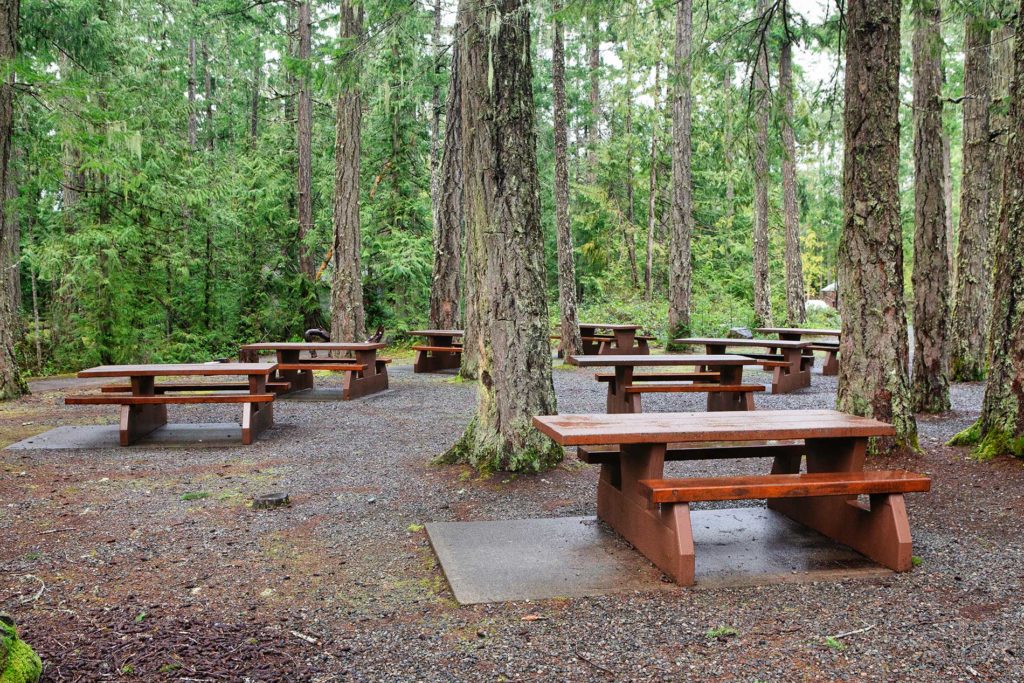For British Columbians, every stroll through our natural forests or parks brings an opportunity to appreciate the beauty and diversity of trees, from fragrant cedar groves to ponderosa pine stands. In this series, we explore the native trees of BC. Although these trees have long been valued by wildlife and communities for providing food, materials and habitat, there is still much to learn about each tree’s unique characteristics.
The Grand Fir tree (Abies grandis) is an iconic conifer found in the drier climates of Southwest BC and the Kootenay region along the Columbia River. This evergreen tree species is both highly valued for its soft wood and prized for its unique beauty.
The Grand Fir tree is a tall tree that can grow up to 70 meters. It is a conifer with a low-taper stem, oval or cylindrical crown, and rounded top. The tree has horizontal branches and beautiful thick, scaly gray-brown bark, which separates into dark gray flat ridges. Its foliage is made up of short, blunt needles that are bright green in color. They’re flattened and arranged symmetrically in two rows around the stem. These needles have a soft, velvety texture when rubbed, making them an added attraction.
The Grand Fir tree grows naturally in mid-elevations and mountains, up to an altitude of 1,400 to 2,400 meters. The species is valued as a source of soft white pulpwood and provides shelter and nesting sites for numerous birds and wildlife, such as the spotted owl and the pine marten. The tree also acts as a carbon sink, absorbing large amounts of carbon dioxide from the atmosphere and giving back fresh, clean oxygen. It plays an essential role in balancing the ecosystem by absorbing nutrients and preventing soil erosion. However, it’s important to note that the Grand Fir tree is a slow-growing species that requires careful maintenance to grow healthy and strong.

Residential and Commercial Tree Services in Kelowna
Arbor Worx Tree Service – Serving the Okanagan from Lake Country to West Kelowna. We love trees, and we know you do too.
Other articles in our BC Trees Series: The Amabilis Fir
